
Aldo Rossi: Echoing Life in the Architecture of Death
Like poetry, Rossi’s architecture is crowded with allusions and rhythm. If one only reads the words and not the meaning, then it becomes a one-dimensional, distant and opaque conception. Once consciousness and wisdom penetrate the layers of his creation, the beauty within it will bloom.

To Gift Him Pictures of Divine Sodomy: Ambivalent Homoeroticism in Michelangelo’s Rape of Ganymede
It is possible to argue that Michelangelo’s Rape of Ganymede, gifted to Tommaso de’ Cavalieri, expresses the artist’s ambivalent homoerotic feelings about his love for Tommaso.

Death and its Spectators: L’Âme des Bêtes and the Noble Savage in Oudry’s Hunting Paintings
As viewers we are attracted to a spectacle which is at the same time delicate and morbid, drawing us in by playing upon our nostalgic connection to the perceived beauty of nature and our fascination with witnessing the traumas of others.

Henry Scott Tuke’s Nudes and the Politics of Masculinity
Tuke reinvents the male nude by creating a more truthful sense of masculinity and manages to be provocative through his ambiguous passivity.

Painting as Devotion and Ritual Embodiment in Jin Lying’s Guanyin, 1803
Through art, women developed unique and meaningful ways to connect with and worship the bodhisattva, despite being unable to practice religion in public. Women negotiated their social roles and religious beliefs in their material practices.
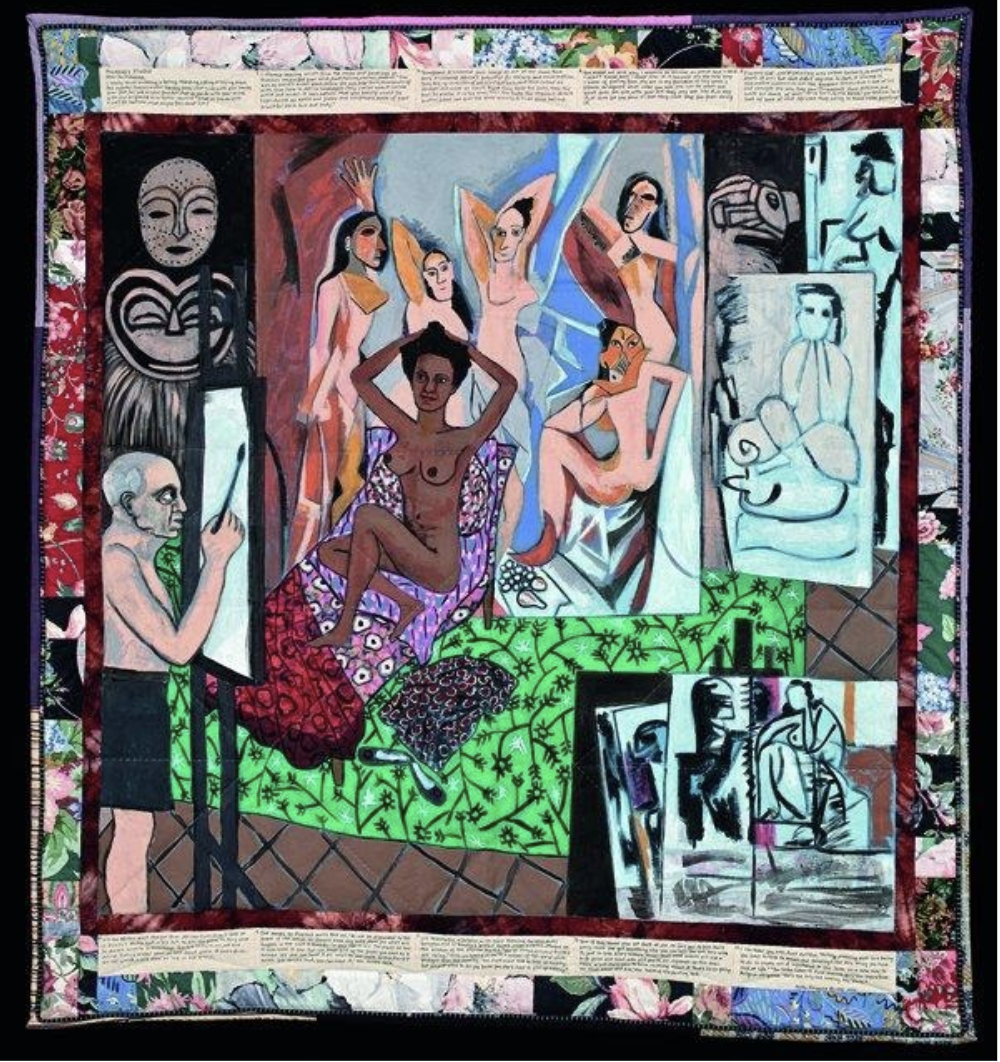
Faith Ringgold and the Recognition of African American Women in Painting and Quilts
Through her story quilts, Faith Ringgold honours the identity of black women and memorializes their contribution to art history as muses and collaborators, which is something that is often not remembered.
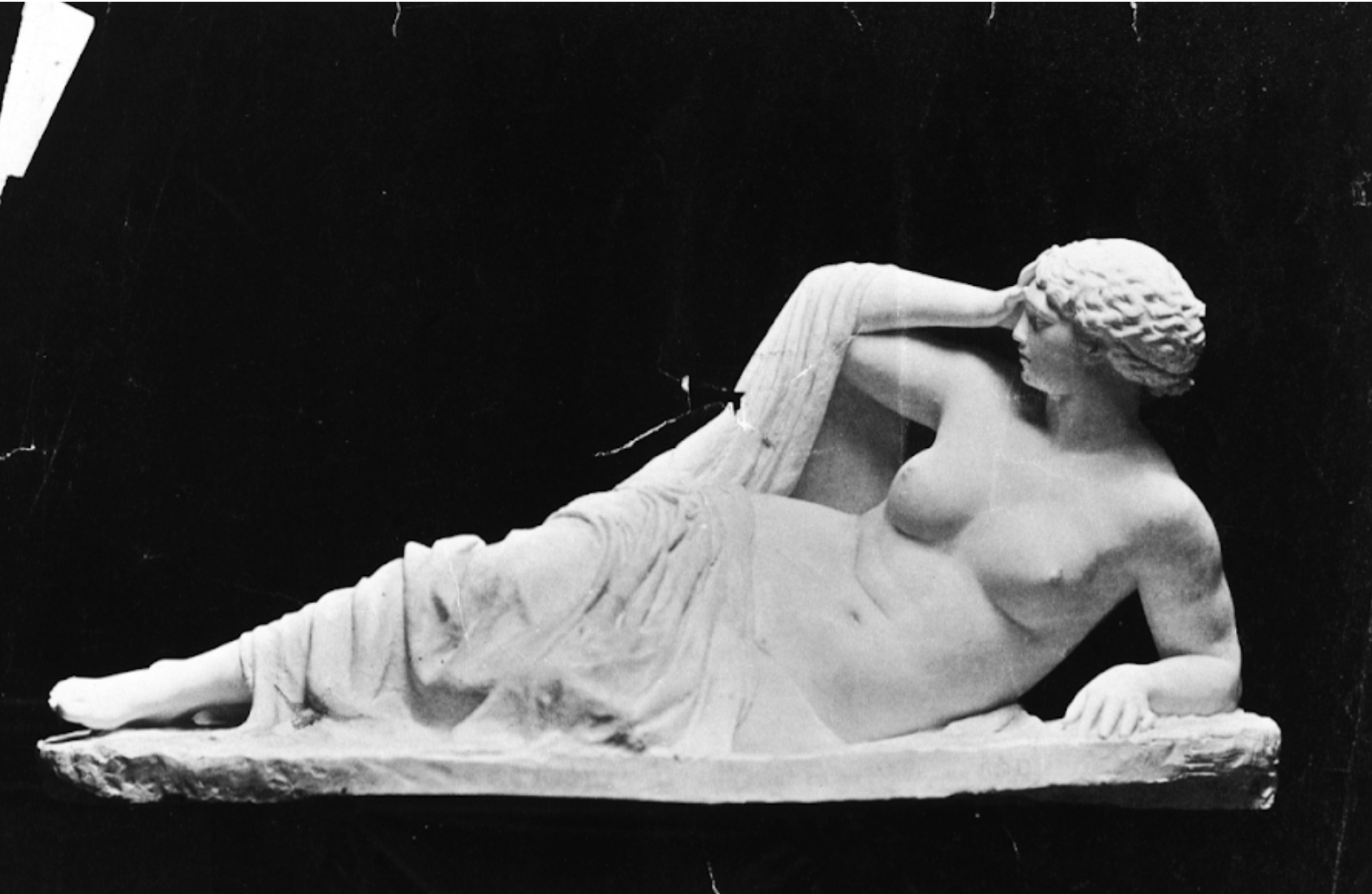
To Make and Destroy: Sculptures of Anne Whitney
[Anne Whitney] depicts contemporary issues that attempt to provide a visual vocabulary for newly emancipated black Americans. In Ethiopia and L’Ouverture, the artist is challenged and restricted by artistic and societal norms. Her frustration with the limits of Victorian society ultimately leads to the destruction of both works that scholars today recover through photographs.
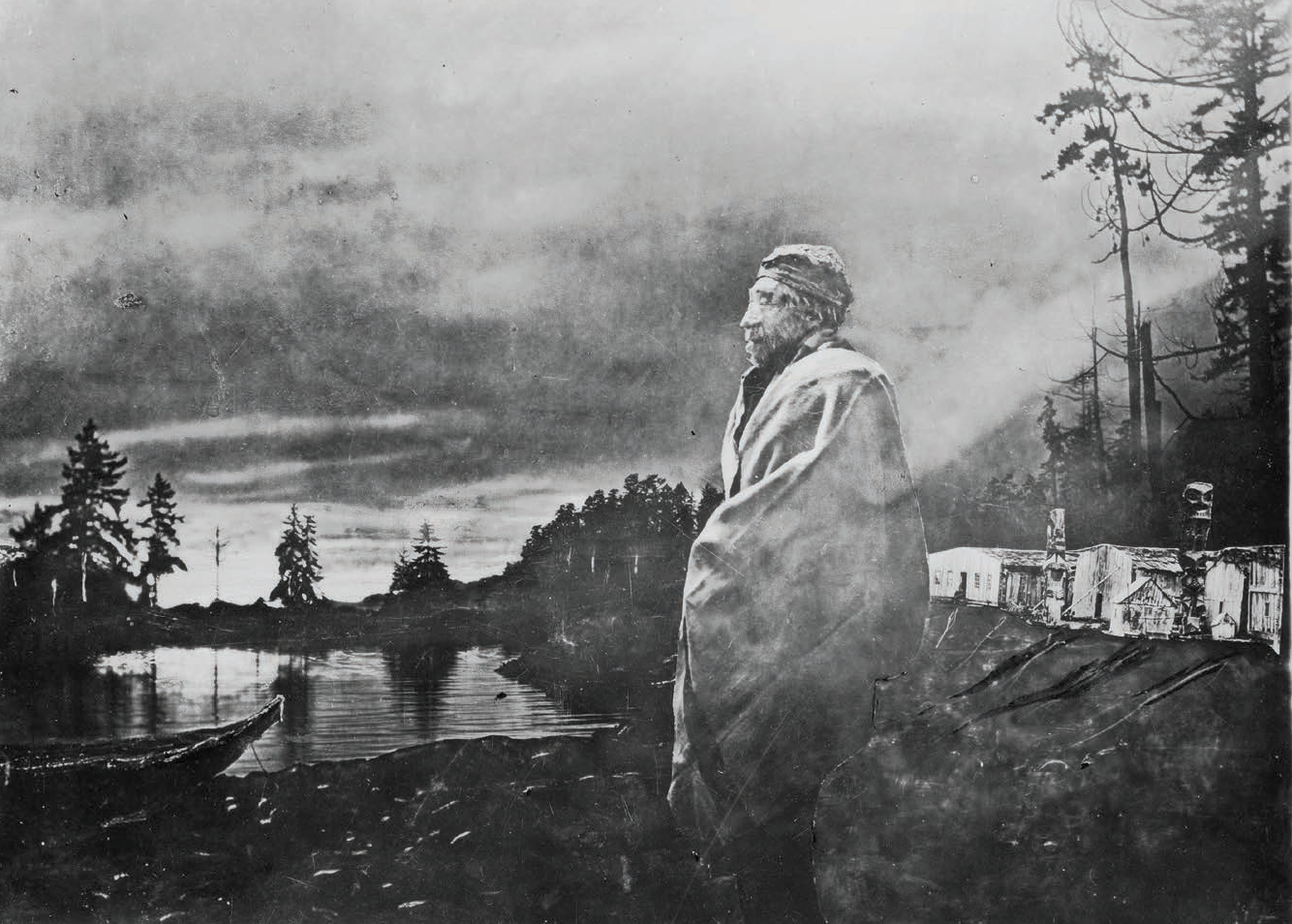
Behind the Lens: Contextualizing Hannah Maynard’s Photography Surrounding Indigenous Peoples
Hannah Maynard’s photographs of Indigenous people in the mid-to-late-19th century reinforce the Noble Savage paradigm, reflect power inequity between photographer and subject, and showcase a lack of understanding of Indigenous culture reflective of the surrounding historical context.

Delirious Beijing: CCTV by OMA and Urban Experiments in the 21st Century Chinese Capital

Inside Bernard Gilardi’s “Outsider Art”

Burial’s Untrue: The Sonic Power of Evoking Emotion
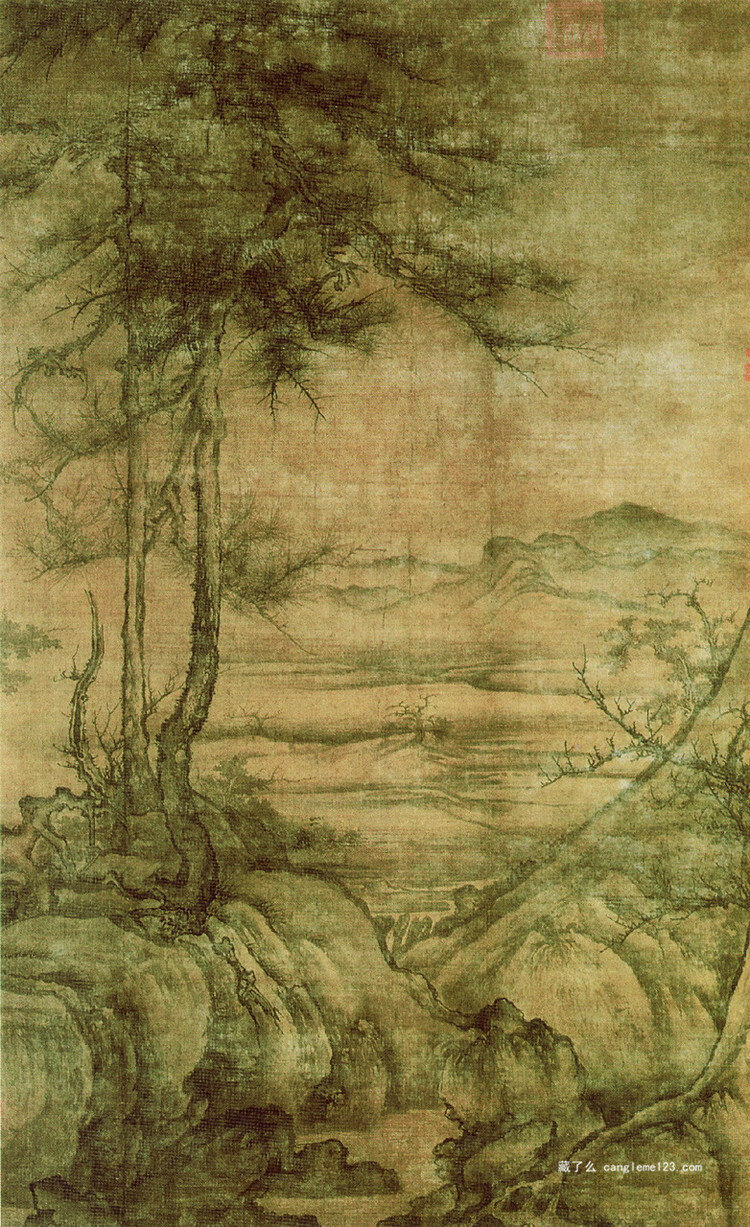
Influential Liminality: Eunuch Participation in Northern Song Dynasty Artistic Production and Collecting Practices
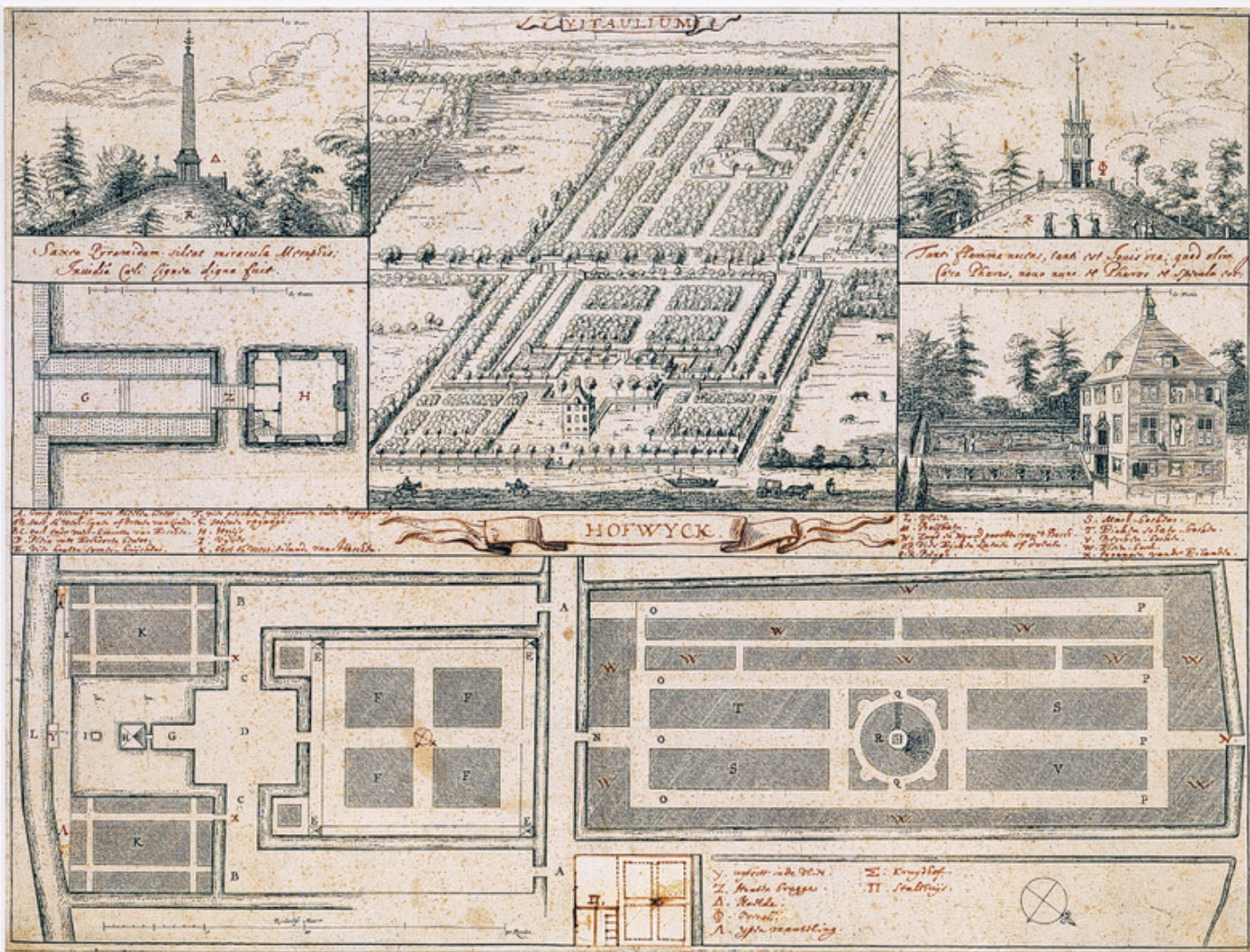
Plotting Nature: Curiosity and Control in Dutch Garden Design

“Sick Excesses”: Voyeurism, Pathology, and the Spectacle of Female Pain in Celebrity Photography
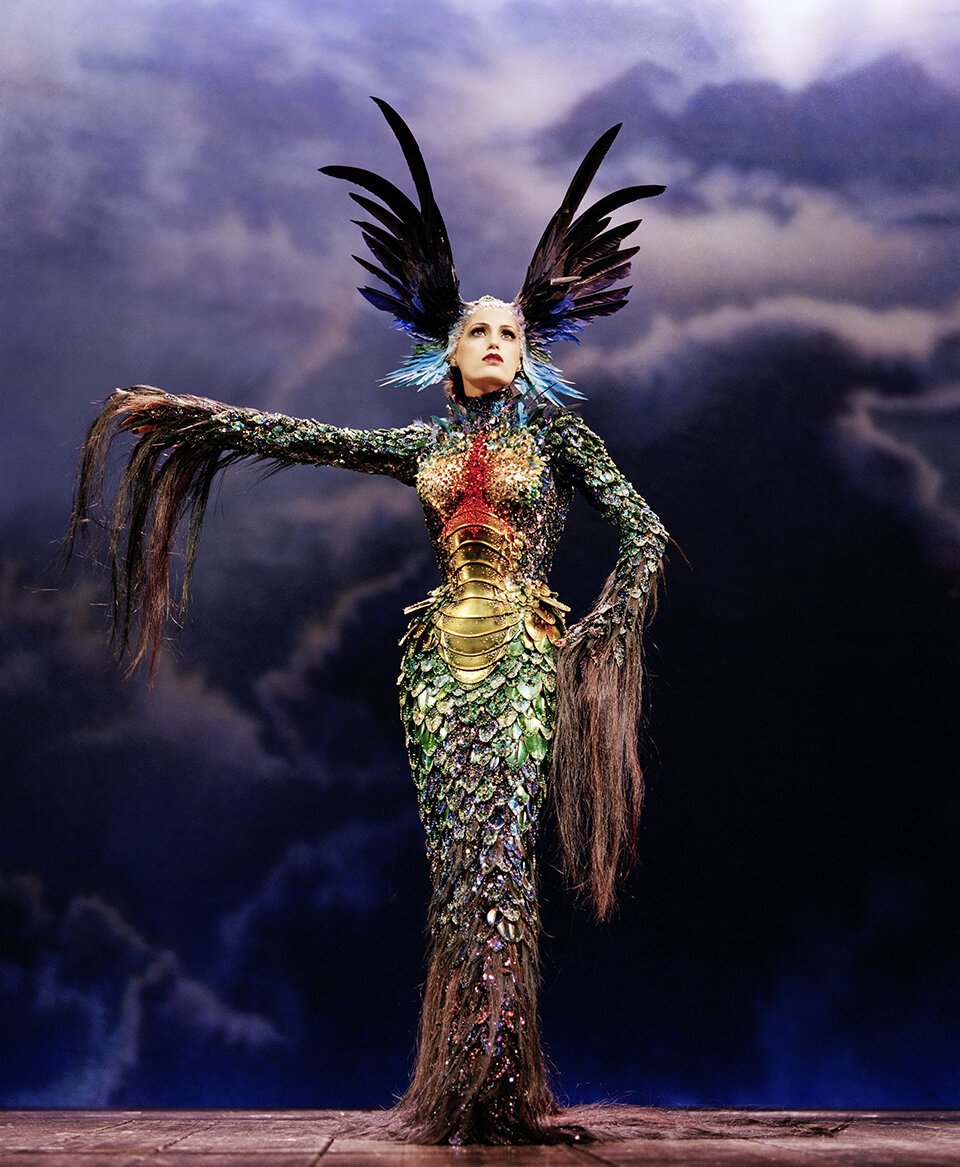
Fashion Exhibitions as Participants to the Participatory: A Study of Mugler’s “Couturissime”
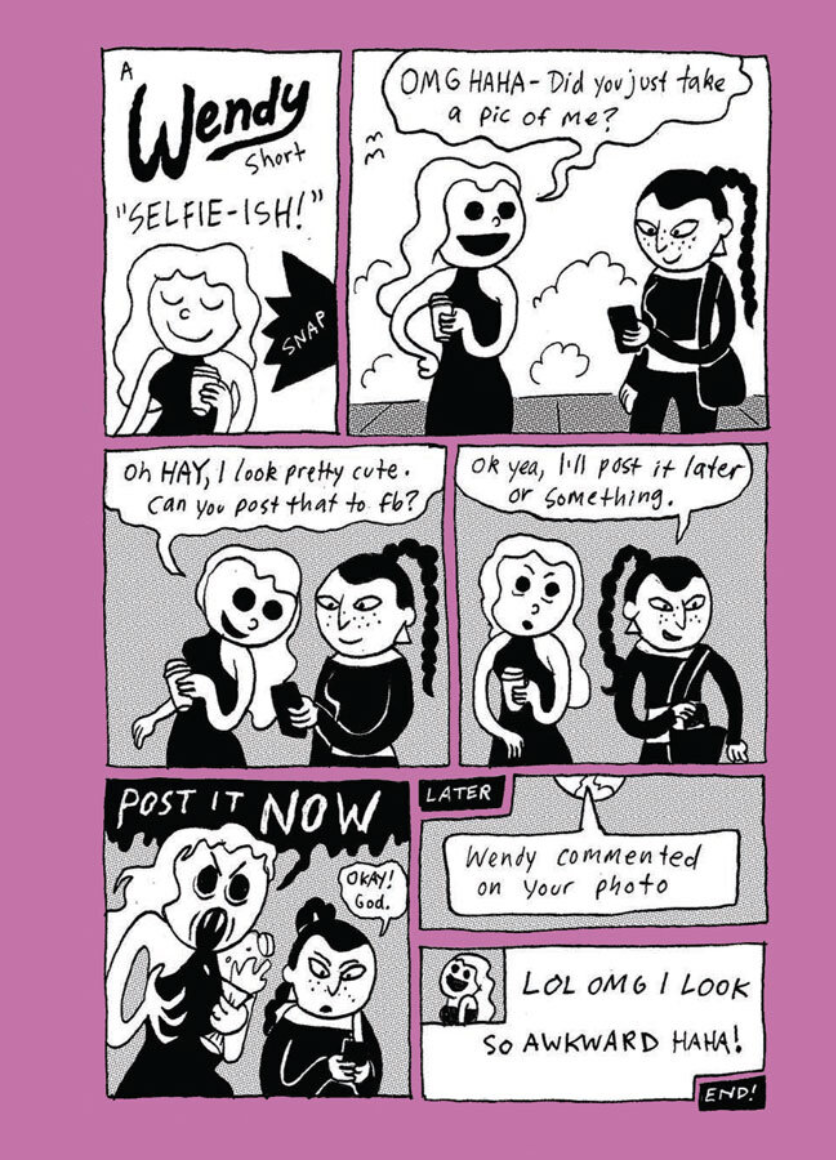
The Wendy-verse as Resistance: A Doubleweave Reading of Wendy’s Revenge

